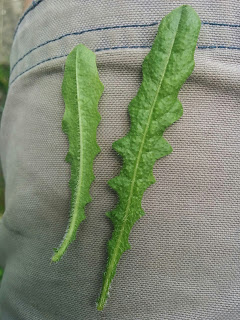Today was very much a butterfly day so I felt I had to blog about them. I'll do three species over the next three days starting with this little beauty: the unimaginatively named Small Skipper, Thymelicus sylvestris. An older name for it was the Streaked Golden Hog, which has a certain charm.
On closer inspection this is a male. The curved black sex-band on the forewing is just about visible on the right in close-up.
There is an almost identical diminutive skipper: the Essex Skipper. The difference is that the latter has a black underside to the antennae tips rather than orangey. You won't find any skippers in Scotland.

















































